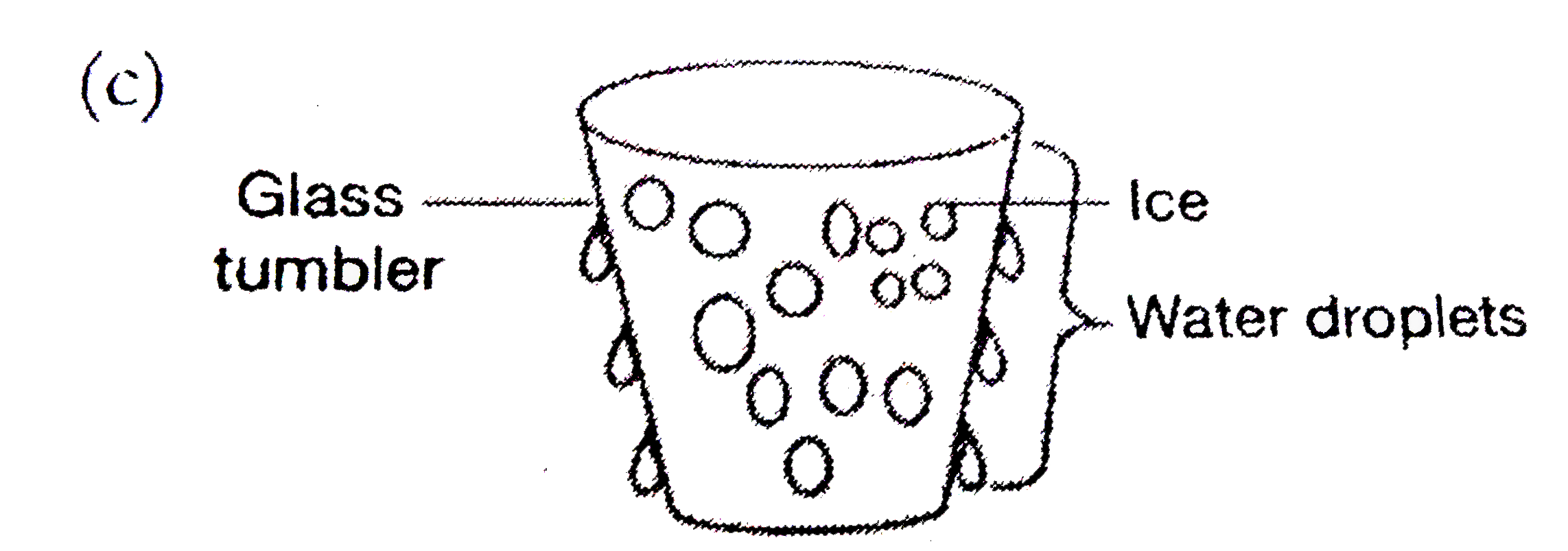What conclusions can be drawn based on the following diagrams?


Video Solution
Text Solution
(a) Air occupies space.
(b) One fifth of air contains oxygen, oxygen supports burning.
(c) Air contains water vapour.
|
Topper's Solved these Questions
- AMAZING AIRBOOK - PEARSON IIT JEE FOUNDATIONCHAPTER - AMAZING AIREXERCISE - Crossword
1 Videos
- AMAZING AIRBOOK - PEARSON IIT JEE FOUNDATIONCHAPTER - AMAZING AIREXERCISE - Concept Application
5 Videos
- LANGUAGE OF CHEMISTRY AND CHANGES AROUND US BOOK - PEARSON IIT JEE FOUNDATIONCHAPTER - LANGUAGE OF CHEMISTRY AND CHANGES AROUND US EXERCISE - ASSESSMENT TEST (TEST 1)
13 Videos
Similar Questions
Knowledge Check
Ellingham diagram can be drawn for the following:
ASulphidesBOxidesCHalidesDAll of theseFluorine is more electronegative than either boron or phosphorus. What conclusion can be drawn from the fact that BF3 has no dipole moment nut PF3 does ?
ABF3 is not spherically symmetrical but PF3 isBBF3 molecule must be linearCThe atomic radius of P is larger than that of BDThe BF3 molecule must be planar triangularFluorine is more electronegative than either boron or phosphorous. What conclusion can be drawn from the fact that BF3 has no dipole moment but PF3 does
ABF3 is not spherically symmetrical but PF3 is symmetricalBBF3 molecule must be linearCThe atomic radius of F is larger than the atomic radius of BDThe BF3 molecule must be planar triangular

What inference can be drawn from the above diagrams?
View SolutionState the expression for the total energy of a particle performing linear SHM. What conclusions can be drawn from the expression for the total energy ?
View SolutionWhat conclusions have been drawn from Emerson Effects?
View SolutionWhat conclusion can be drawn from each part of Fig. 2.14, if
DB is the bisector of ∠ADC ?

View SolutionWhat conclusion can be drawn from each part of Fig. 2.14, if
DC is the bisector of ∠ADB,CA⊥DA and CB⊥DB ?

View Solution



